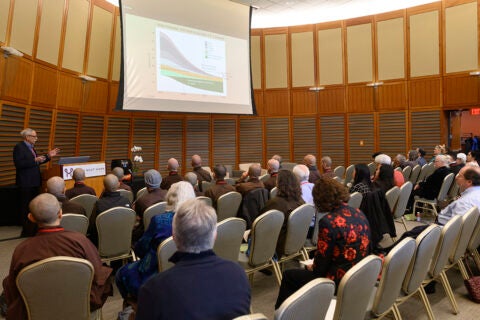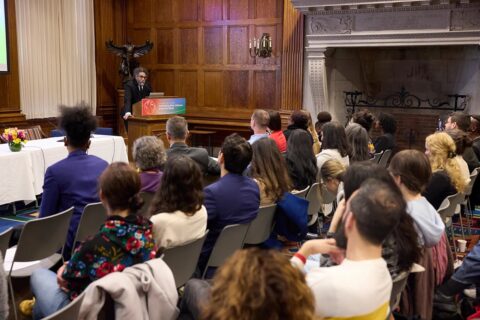A Multiethnic Perspective of H1N1

FIELD DATES: March 17 – April 11, 2010
SELECT FINDINGS:
- Non-vaccine flu prevention behaviors – Most of the public reported adopting some of the key non-vaccine flu prevention behaviors recommended by public health officials since the beginning of the H1N1 outbreak in April 2009. Overall, racial and ethnic minorities were more likely than whites to have adopted non-vaccine flu prevention behaviors, including both recommended behaviors and those not specifically recommended.
- H1N1 vaccination behaviors and beliefs – Members of the public were less likely to get the H1N1 flu vaccine than to adopt non-vaccine flu prevention behaviors. Although a majority of the public (77%) felt that the H1N1 vaccine was generally safe for most people to take, only 34% believed the vaccine to be “very safe.” Those who said it was “very safe” generally for most people to take were more likely to have gotten the H1N1 vaccine than those who said it was only “somewhat safe” or not safe (46% v. 15% and 4%, respectively). Whites were more likely than African Americans and American Indians/Alaska Natives to say the H1N1 flu vaccine was “very safe” generally for most people to take (37% v. 21% and 28%, respectively).
- Sources of H1N1 information – The public’s most trusted sources of information about preventing themselves and their family from getting sick with H1N1 were their personal doctor or child’s doctor (75% trust “a great deal,” 20% trust “somewhat”); friends or family employed in the field of health care (56% a great deal, 34% somewhat); the CDC (59% a great deal, 30% somewhat); and their state or local public health department (50% a great deal, 38% somewhat).
- Public health advertising and knowledge of H1N1 – Most of the public saw or heard each of the key H1N1 protection and prevention messages, and there were no significant differences in exposure to various messages between racial and ethnic groups. While the public most often reported seeing or hearing H1N1 advertising on television (79%), on the radio (56%), and in newspapers (54%), certain communication avenues reached racial and ethnic groups differentially.
- Public views on government response – The public approved of the government’s response to the H1N1 outbreak overall. Almost three-quarters (72%) believed that public health officials did either an “excellent” (26%) or “good” (46%) job in their response. The CDC and state and local public health organizations received similar assessments of their communication efforts, with strong majorities saying they did either an “excellent” or “good job” (70% for both).
METHODS AND SAMPLE: Telephone poll conducted with a national representative sample of 2355 respondents age 18 and older. Of those, a total of 1123 are White-Non Hispanic, a total of 330 are Black-Non-Hispanic, a total of 317 are Hispanic (excluding AI/AN), a total of 262 are American Indian/Alaskan Native, and a total of 268 are Asian.
FOR MORE INFORMATION:



